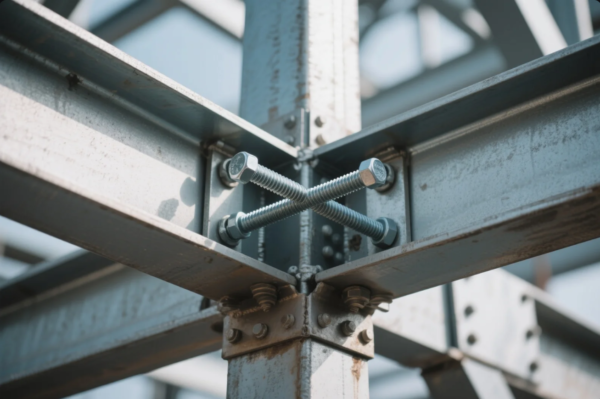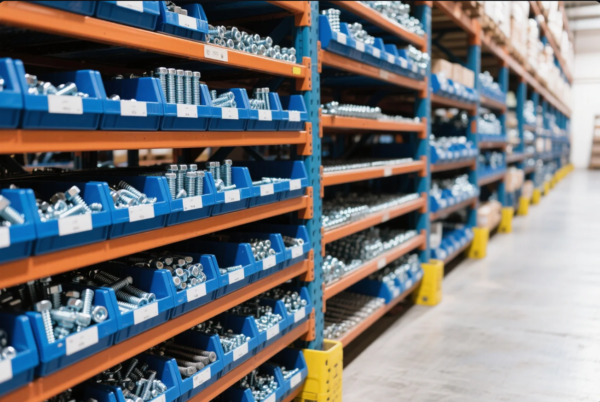What Is the Rarest Metallic Element?
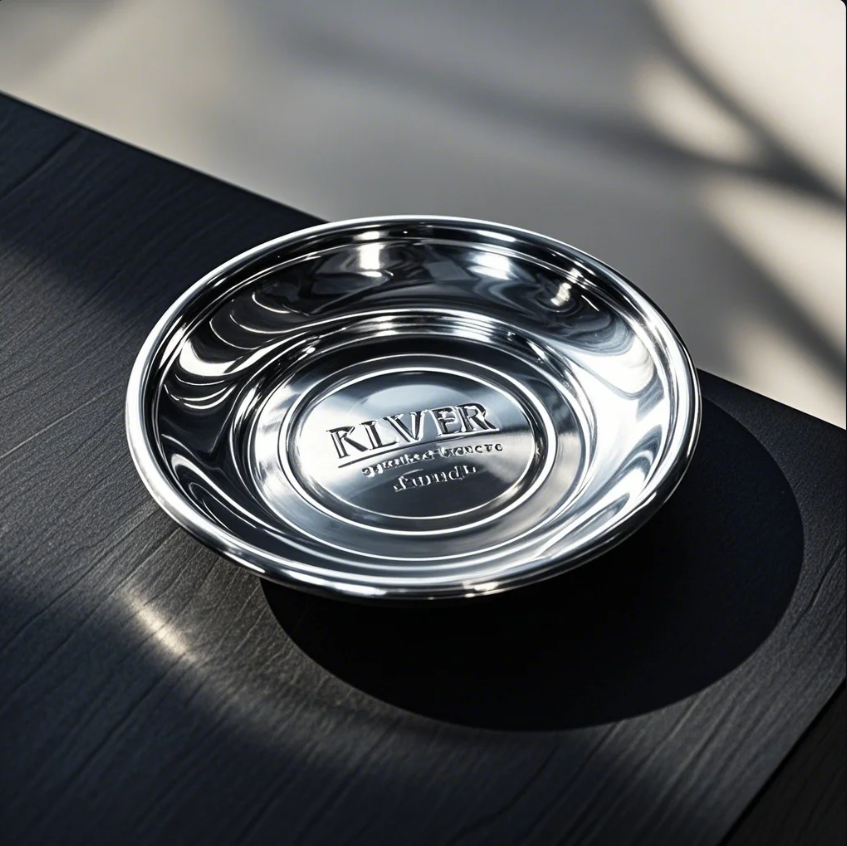
Some metals are more valuable than others due to their rarity and unique properties. In this article, we explore the rarest metallic elements in the world, their uses, and why they are so prized. Understanding these metals can help industries and investors alike appreciate the importance of rare metals in technology, manufacturing, and even investment markets.
Snippet paragraph: Discover the rarest metallic elements, their importance, and why some metals are more valuable than gold.
Transition paragraph: Let’s explore the rarest metals and uncover why these precious materials are highly sought after in industries and investment circles.
Which Is the Rarest Metal in the World?
When it comes to the rarest metals, the answer is often more complex than it seems. While there are many metals that are difficult to find in large quantities, some are exceptionally rare, making them more valuable in both industrial and economic terms.
Snippet paragraph: The rarest metals in the world include those that are found in extremely limited quantities, making them valuable for specialized uses.
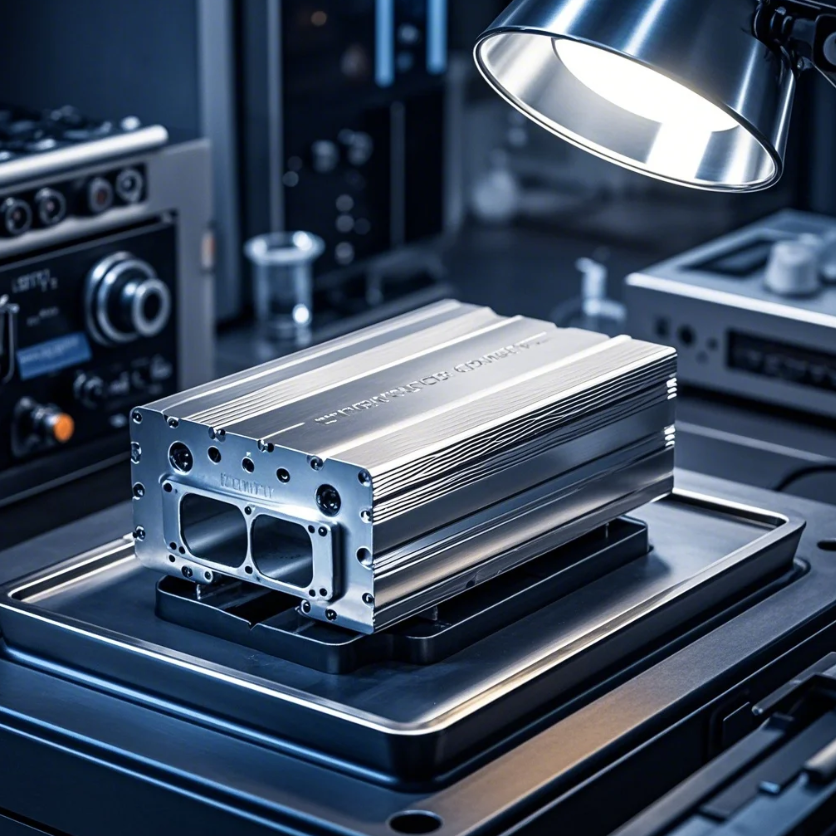
The Rarest Metal in the World: Rhodium
Rhodium is often considered the rarest metallic element in the world. With a scarcity that exceeds that of gold, rhodium is found in very limited quantities in the Earth's crust. Rhodium is primarily used in the automotive industry, specifically in catalytic converters, where it helps reduce harmful emissions. It is also used in jewelry and for certain chemical processes.
Rhodium is much rarer than gold, and this contributes to its high value. It is estimated that rhodium is about 100 times rarer than gold, making it one of the most expensive metals on the planet. The metal's rarity, combined with its important role in pollution control, ensures its continuous demand, driving its high price in the market.
Why Rhodium Is So Rare
Rhodium is part of the platinum group of metals, which includes platinum, palladium, ruthenium, rhodium, osmium, and iridium. These metals are generally rare due to their presence in very specific types of ore deposits, making their extraction difficult. Rhodium is typically found as a byproduct of mining other metals, such as platinum and nickel, which makes its availability even more limited.
LOOP_END
What Is the Rarest Element to Exist?
While rhodium is incredibly rare, there are elements in the periodic table that are even rarer. These elements are either found in extremely low concentrations in nature or are created artificially in laboratories. The rarest element to exist in nature is astatine.
Snippet paragraph: Astatine is the rarest naturally occurring element, with less than 1 gram of it existing on Earth at any given time.
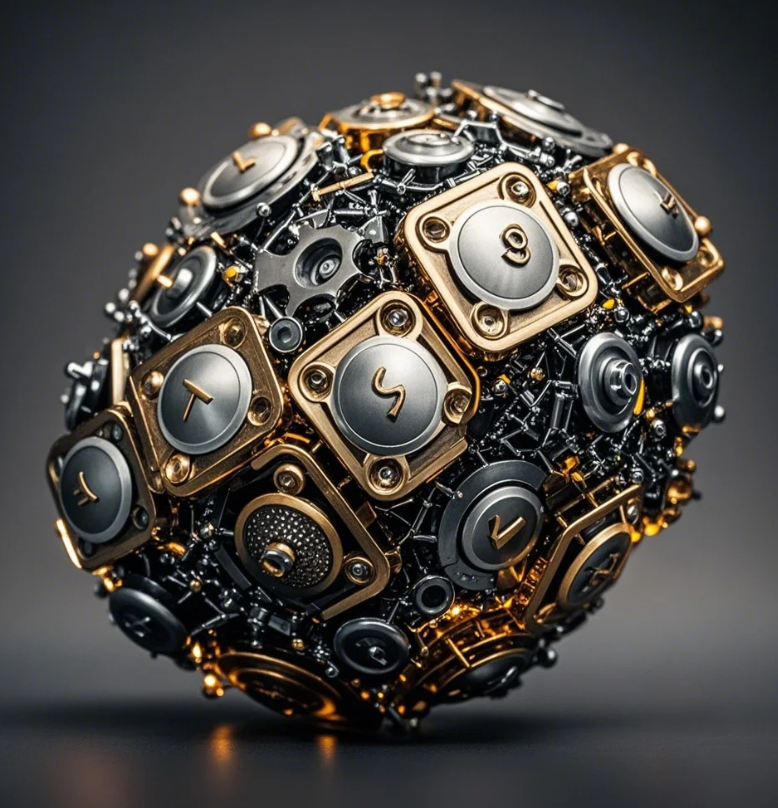
Astatine: The Rarest Naturally Occurring Element
Astatine is a highly radioactive element that belongs to the halogen group of the periodic table. It is extremely rare, with estimates suggesting that only around 25 grams of astatine exist naturally at any given time on Earth. Due to its short half-life and high radioactivity, astatine does not have widespread industrial applications, but it is used in some medical treatments, particularly in targeted alpha-particle cancer therapy.
Astatine is so rare that it has not been extensively studied, and its properties are still a subject of ongoing research. It is not found in large quantities and is usually created synthetically through nuclear reactions. The rarity of astatine makes it one of the most elusive elements in the universe.
What Are Three Rare Metals?
Apart from rhodium, there are several other metals that are considered rare and valuable. Three metals that stand out due to their scarcity and industrial applications are:
Snippet paragraph: In addition to rhodium, metals like platinum, osmium, and iridium are among the rarest and most valuable materials used in a variety of applications.

Three Rare Metals: Platinum, Osmium, and Iridium
-
Platinum
Platinum is a rare and precious metal used primarily in catalytic converters for cars, jewelry, and various chemical processes. It is highly resistant to corrosion and is considered a valuable material in industries like automotive and electronics. Platinum is about 30 times rarer than gold, which makes it a significant commodity in both investment markets and industrial applications. -
Osmium
Osmium is a dense, blue-gray metal that is part of the platinum group of metals. It is incredibly rare and dense, with an atomic density that is higher than any other metal. Osmium is primarily used in specialty applications like electrical contacts, fountain pen nibs, and in the aerospace industry for high-performance equipment. Its rarity and unique properties make it highly valuable. -
Iridium
Iridium is another member of the platinum group of metals, known for its high melting point and resistance to corrosion. It is one of the densest metals on Earth and is used in applications where durability and resistance to heat are crucial, such as in spark plugs, electronics, and aerospace technology. Like osmium, iridium’s rarity and value come from its limited availability and specialized uses.
Comparison of Rare Metals
| Metal | Rarity | Common Uses | Unique Properties |
|---|---|---|---|
| Rhodium | Extremely rare | Catalytic converters, jewelry, chemical processes | High melting point, resistant to corrosion |
| Platinum | Very rare | Catalytic converters, jewelry, electronics | Durable, corrosion-resistant |
| Osmium | Very rare | Electrical contacts, fountain pens, aerospace | High density, unique blue-gray color |
| Iridium | Rare | Spark plugs, electronics, aerospace | High melting point, corrosion-resistant |
LOOP_END
What Metal Is Rarer Than Gold?
While gold is considered one of the most valuable metals in the world, there are several metals that are rarer and more expensive, including rhodium, platinum, and osmium. Rhodium, for instance, is about 100 times rarer than gold and is frequently more expensive due to its limited availability and crucial industrial applications.
Snippet paragraph: Rhodium, platinum, and osmium are metals that are rarer and more valuable than gold due to their limited supply and unique properties.

Metals Rarer Than Gold
- Rhodium is not only rarer but also more expensive than gold, largely because of its use in catalytic converters and other specialized applications.
- Platinum is also rarer and often more expensive than gold, particularly in industrial applications where its corrosion resistance and durability are critical.
- Osmium and iridium are both rarer and more expensive than gold, particularly due to their density and specialized industrial uses.
These metals, while often harder to find than gold, are essential for modern technologies, from automotive manufacturing to electronics and aerospace.
Conclusion
The rarest metallic elements, including rhodium, osmium, and platinum, hold immense value in both industrial and investment markets. Understanding their rarity and significance helps to appreciate their importance in shaping modern technologies. If you're looking for top-quality metal parts or custom solutions, Prime offers expertise in sourcing and manufacturing high-quality metal components.
Contact us today to discuss your metal part needs. We offer quick delivery and the assurance of top-notch quality, supported by over 20 years of experience in industrial metal solutions.




